'It sort of fundamentally seems unfair': How LDS women view their role in the Mormon church
Women open up about their experiences being members of the Church of Jesus Christ of Latter-day Saints
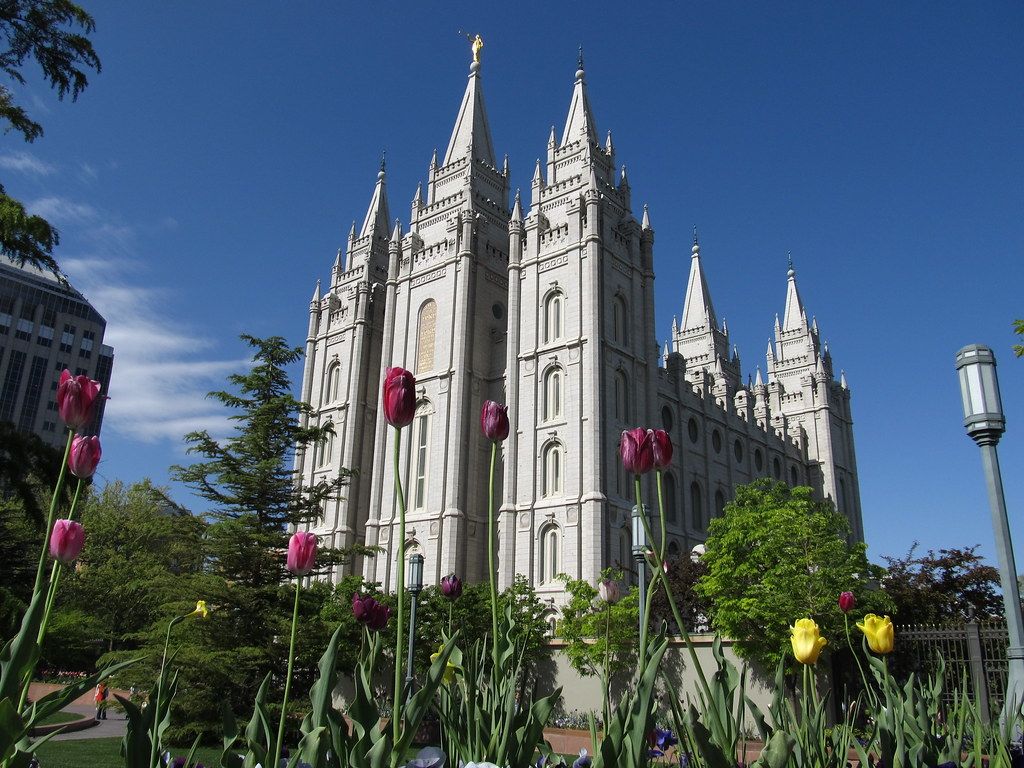
The Church of Jesus Christ of Latter-day Saints, also known as the LDS Church or Mormon Church, is in the spotlight again.
Hulu has released “Under the Banner of Heaven,” a limited series based on Jon Krakauer’s book of the same name which details the religion’s history while telling the story for the 1984 murders of Brenda Lafferty and her baby. Lafferty’s brother-in-laws committed the murders after claiming to have been commanded by God to do so.
The series, starring Andrew Garfield, is released in the heat of a sexual abuse case at Brigham Young University-Idaho involving a professor and a female student goes back to court after a six-year delay.
As the church is in the public eye, the role of women in the United State’s only homegrown religion is under the microscope.
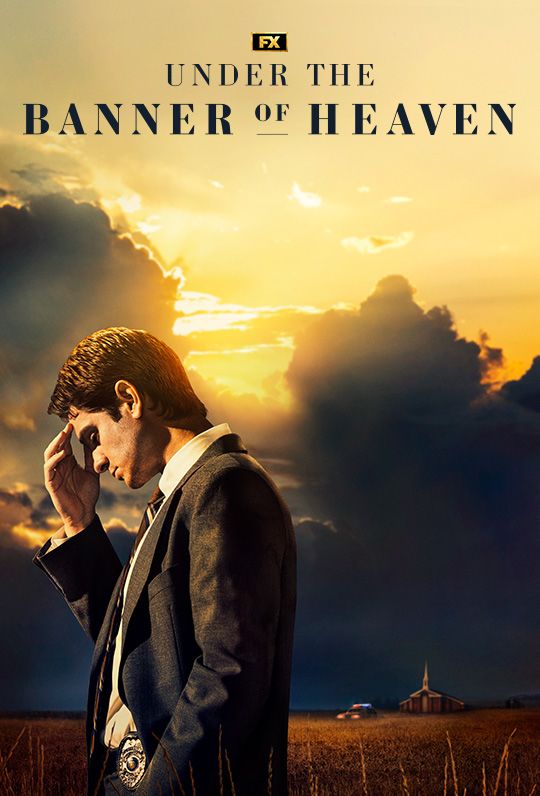
America’s homegrown religion: Power in the hands of men
The Church of Jesus Christ of Latter-day Saints’ membership rose by 141,737 members in 2021 to 16,804,400 members, according to The Salt Lake Tribune.
Even though the church is growing more every year, a study conducted by BYU researchers found that the LDS church is not growing in “a uniform manner in terms of geographical region, gender or age.”
In 2011, the researchers found that for every 100 female members in the church, there were 90 males.
In 2011, for every 100 women in the LDS church, there were 90 men.
While women outnumber men, the men have full authority in the church and family matters.
Joseph Smith founded the Church of Jesus Christ of Latter-day Saints in upstate New York on April 6, 1830. In his organizational hierarchy, or the priesthood, men held all positions of power – and do to this day.
Neylan McBaine, writer and founder of the LDS Women Project, a website where Mormon women share their stories to help challenge the stereotype of LDS women, said the priesthood “is this ordination to act in the name of God, when it comes to particular ordinances and rituals.”
“Men have entirely leadership positions in all aspects of the church,” Radke-Moss said. “Women have no ecclesiastical authority or office holding to perform rituals at all.”
Therefore, women are supposed to take over a nurturing, familial role.
“They’re seen as having crucially important roles in the church, but very often their roles are in the shaping and supporting of Mormon families and Mormon children,” said Lydia Willsky-Ciollo, associate professor of religious studies at Fairfield University.
“That’s not to say that women don’t have lives outside of that. It’s just in the formal hierarchy of the church, their roles have always been pretty limited.”
Male members of the church are granted the priesthood at the age of 12.
“I can’t imagine how frustrating it would be to be like a mom and your 12 year old son outranks you in the church because he has the priesthood at 12,” Willsky-Ciollo said.
Young girls have also noticed the difference between the roles of men and women in the church, especially when the boys get to pass the sacrament.
“Almost every Latter- day Saint family has a story about when their four or eight or 10 year old daughter noticed that only boys were passing the sacrament and said, ‘That’s not fair,’” said Kristine Haglund, former editor of Dialogue: A Journal of Mormon Thought.
“It sort of fundamentally seems unfair.”
In 1843, noting the practice of Abraham in the Old Testament and having received a revelation from God years earlier, Smith introduced Section 132 to Doctrine and Covenants in – “celestial marriage,” or polygamy.
According to PBS, plural marriage was not practiced by everyone. Only about 20 to 30% of Mormon men took more than one wife, making it something more prevalent among church leaders than regular members.
In 1890, the LDS church stopped allowing polygamy as it became outlawed by the United States government. However, the church never renounced polygamy as doctrine – and many sects splintered from the main church over the move.
Portrayals of plural marriages in popular culture – like in HBO’s “Big Love” and TLC’s “Sister Wives” – is, frankly, overrepresented.
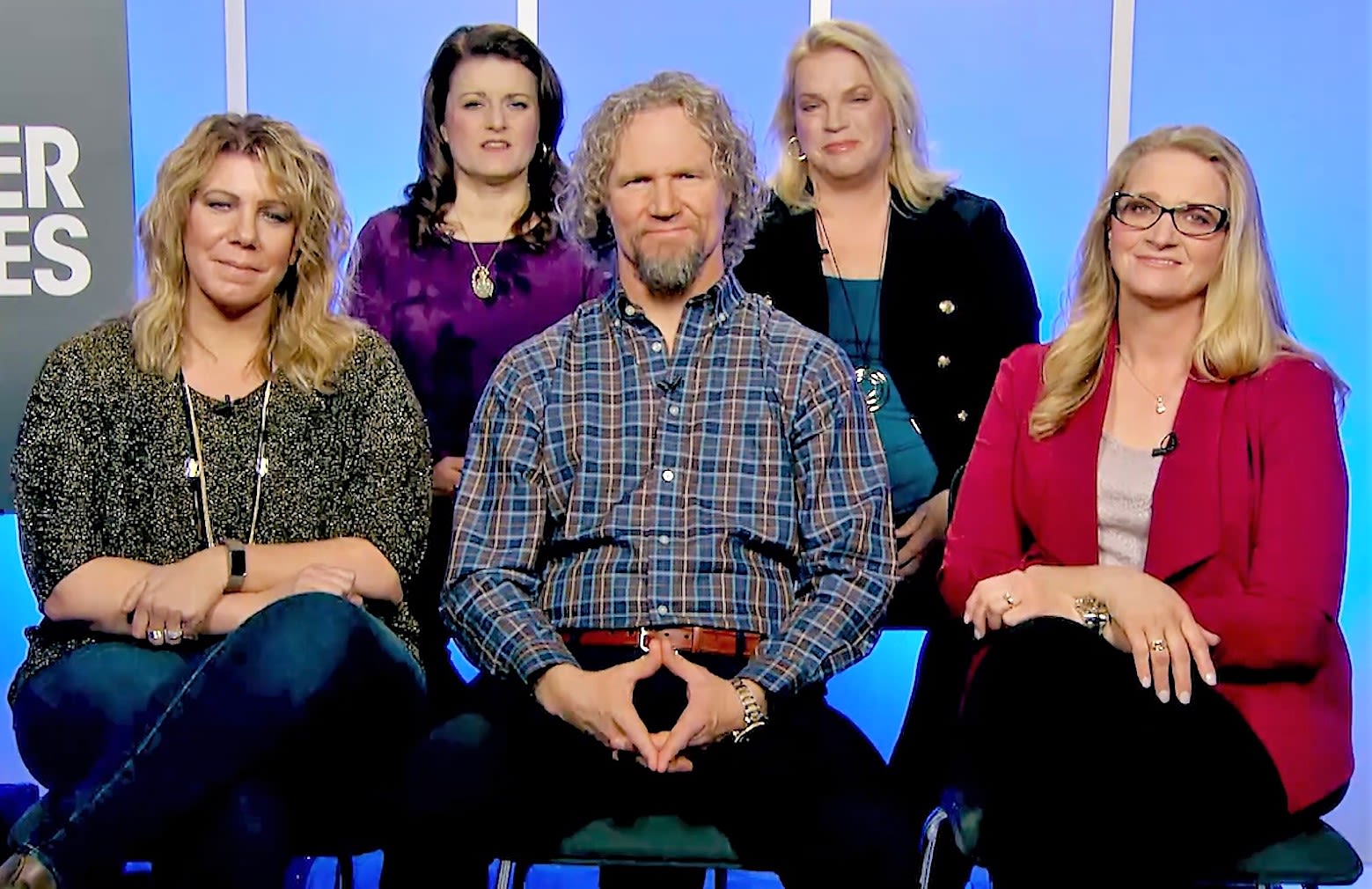
TLC's 'Sister Wives' is a show that puts plural marriage in the spotlight. (Photo from Wikimedia Commons)
TLC's 'Sister Wives' is a show that puts plural marriage in the spotlight. (Photo from Wikimedia Commons)
"The church does not condone polygamy,” McKenzie Allen, a 23 year old Brigham Young University student, said. “If you participate in polygamy, you will be excommunicated, which basically means your name will be blocked out in the records, you can get re-baptized and start over if you make correct choices and repent and change. So polygamy is literally not an option.
“It’s A.) illegal because the church is very big on everyone being legal. So if you want to be a polygamist, you can’t be legally married into the churches … That is not us.”
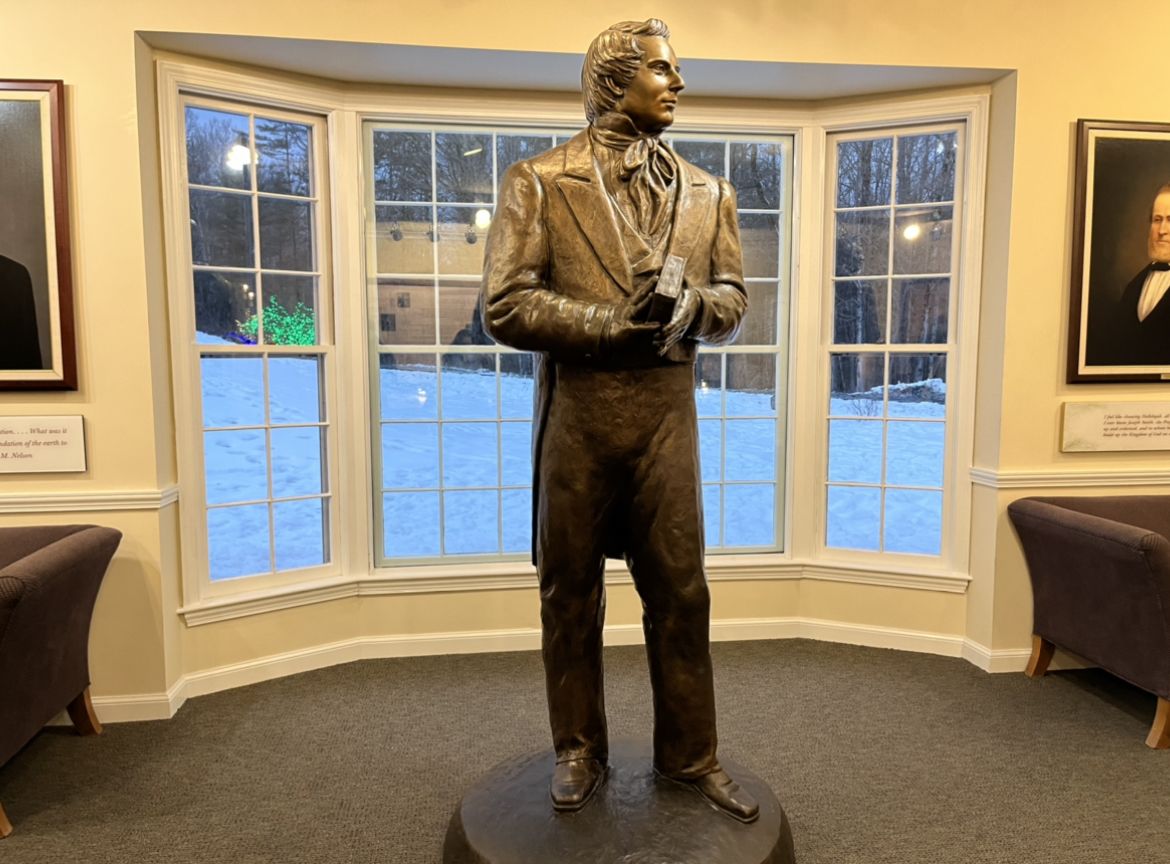

Relief Society: a group for women, led by women
The Relief Society is an organization for women that provides “opportunities for Latter-day Saint women to expand their influence and to bless their families, wards, stakes, communities and nations,” its website says.
In 2020, the LDS Church reported that there are more than 7.1 million members, making it the largest women’s organization in the world.
“Relief Society is super cool because it’s women of all ages who participate,” said McKenzie Allen. “It’s run by women, it’s led by women, there’s only women in there.”
In the 1800s, the Relief Society functioned independently from the church.
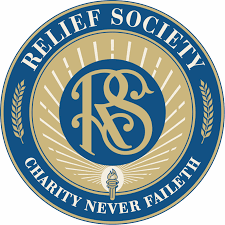
The Relief Society is the largest women's organization in the world. (Photo from Church of Jesus Christ of Latter-day Saints)
The Relief Society is the largest women's organization in the world. (Photo from Church of Jesus Christ of Latter-day Saints)
“The Relief Society, the women’s organization, used to administer its own budget and do its own fundraising and have a great deal more financial autonomy than it does,” Haglund said.
Girls between 11 and 17 participate in the Young Women organization. Each ward, or an LDS congregation, has its Young Women class meet two Sundays a month when girls participate in activities such as community service and sporting events.
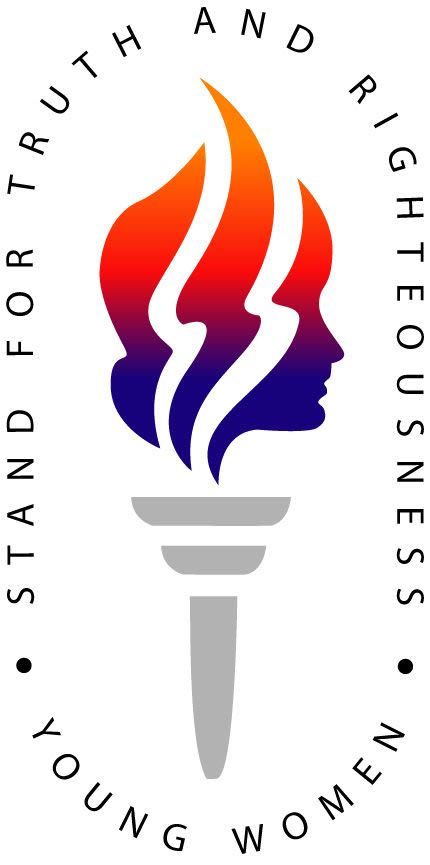
Girls between the ages of 11 and 17 can participate in the Young Women organization. (Photo from Mormon Wiki)
Girls between the ages of 11 and 17 can participate in the Young Women organization. (Photo from Mormon Wiki)
“Its purpose is to help young women build their faith in Heavenly Father and Jesus Christ, understand their identities as daughters of God, obey God’s commandments and feel and recognize His guidance in their lives,” its website states.
Through the Relief Society and Young Women organization, LDS women get the chance to hold leadership positions within their own organizations, but still do not establish policy or doctrine.
Heather Allen, McKenzie Allen’s mother, who is 48 years old and lives in Medfield, Massachusetts, has been in charge of her ward’s Young Women organization for 25 years.
“I’m in charge of that group. I sit in the councils with everyone, men and women combined,” Heather Allen said. “We make decisions for our congregation as a group.”
But, that simply isn’t enough for some.
The fight for change
Margaret Toscano was excommunicated by the LDS Church on Nov. 30, 2000.
On Nov. 30, 2000, Margaret Toscano, department chair of world languages and cultures at the University of Utah, sat in a room, facing 16 men, defending herself and her beliefs regarding women’s rights within the LDS church.
Toscano had advocated for women to be ordained in the church since 1984, which has been a controversial topic within the church and Mormon feminism.
When church leaders noticed Toscano’s writings and work regarding her thoughts about women gaining the priesthood and that there is a Heavenly Mother, they threatened her with excommunication.
That’s exactly what happened.
“We have to excommunicate you so that the people will not believe you,” Toscano recalls the stake president telling her.
“The stake president came down on me really hard,” Toscano said.
“As soon as I made a good argument, he interrupted me mid-sentence and said, ‘We will not allow you to use those kinds of arguments. You are only allowed to speak when we give you permission to say what we want you to.’ Oh yeah, it was scary.”
When Toscano started studying 19th century Mormon history, she claims to have found that Smith believed and ordained women as priestesses.
“That, for me, was really startling and kind of wonderful,” Toscano said. “Then there’s a Mormon belief in a female God, which was very appealing to me in my general study of women in religion.”
Even though the Church of Jesus Christ of Latter-day Saints leaders acknowledge that the faith believes in a Heavenly Mother, members do not pray to said female God.
“In this, they follow the pattern set by Jesus Christ, who taught His disciples to ‘always pray unto the Father in my name,’” according to the church website.
However, the president of the LDS church, Gordon Hinckley, responded to the fact that members do not pray to the Heavenly Mother by saying that, “the fact that we do not pray to our Mother in Heaven in no way belittles or denigrates her.”
Toscano came to a realization that women cannot be empowered in religious tradition if there is no picture of a female divine. She, then, started to write articles about justifying female ordination and the Mormon concept of a Heavenly Mother.
“I wrote a lot of things,” Toscano said. “I have various church leaders that were upset with what I was writing.”
Church leaders threatened Toscano the first time in the early 90s, suggesting that if she didn’t stop publishing her feminist views, they would hold a disciplinary council where excommunications take place.
In 2000, the leaders excommunicated Toscano and since then, she has not tried to rejoin the church. In the letter she received at her excommunication it said that if she wanted to be let back into the church, she had to “renounce all of (her) pernicious doctrines.”
“They didn’t want me quite frankly,” Toscano said. “They never wanted me back. In spite of that, I have continued to publish about Mormon women’s issues.”
Not all LDS women are looking for change within the church.
Both McKenzie and Heather Allen are OK with not having the responsibility that comes with the priesthood.
Heather Allen said church leaders are constantly talking to congregants and hear some sad news from them at times such as one of them opening up about losing a job or finding out that a loved one is sick.
“You just hear the worst things that happened to people, the saddest things, you know?” Heather Allen said. “This stuff is really weighing on them, it all comes to you and then you send them to someone professional … It’s so much responsibility. I just have no desire.”
McKenzie Allen, 23, said she feels as if the women who are wanting the priesthood may not fully understand what the priesthood is.
“The priesthood is the power of God on earth given to men so men have it so that means they have priesthood keys and priesthood authority,” McKenzie Allen said. “That’s part of the reason why men are prophets and the different presidents and things like that … It’s a calling for them, it’s not a calling for us. I feel quite content. I don’t need it.”
Lorie Winder Stromberg, who grew up an LDS church member in the 1970s in California, started to question the church after getting exposed to the feminist movement at college.
Stromberg was going to go to Brigham Young University in Provo, Utah.
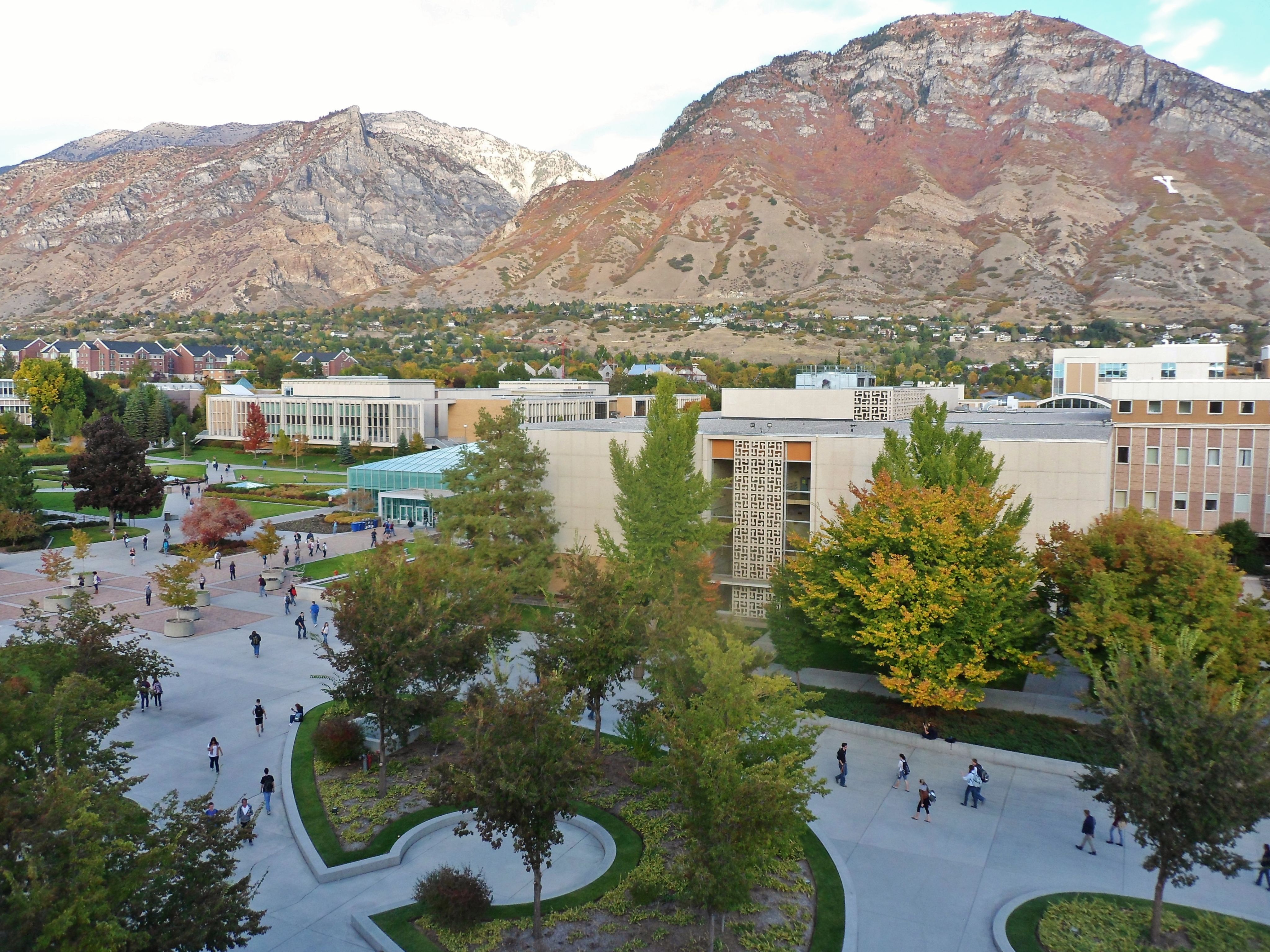
Lorie Winder Stromberg went to college at Brigham Young University in Provo, Utah. (Photo from Wikimedia Commons)
Lorie Winder Stromberg went to college at Brigham Young University in Provo, Utah. (Photo from Wikimedia Commons)
While at BYU, Stromberg met a woman across the hall in her dorm who invited her to a Utah Valley chapter meeting that discussed the Equal Rights Amendment, which Stromberg ended up supporting.
However, the LDS church then came out against it.
“When the church came out against the Equal Rights Amendment, it forced me to look at both and I stepped back being a faithful Mormon,” Stromberg, 70, said. “I stepped back and examined all the issues and I thought they’re wrong on this issue.”
This website includes profiles of women who are fighting for the right for women to be ordained in the LDS church. When it was launched, there were 19 profiles and now, Stromberg said, there are over 700 profiles.
Stromberg said when they launched the site, she reached out to bloggers who wrote for “Exponent II,” an independent publication for LDS women that focuses on concerns and Mormon women experiences.
The moment it launched, the site received thousands of hits.
“The fact that a number of them made up a lot of the first people who put profiles up up gave it immediate credibility in the Mormon feminist community,” Stromberg said. “They saw these women who are well known and respected and it emboldened more women.”
Nancy Ross, assistant professor of interdisciplinary sciences at Dixie State University, was involved in the church as a young adult. Once she started thinking about becoming a mother, she started to go onto feminist Mormon blogs to get advice.
“I started bumping into blogs like Feminist Mormon Housewives, which was still fairly new,” Ross said. “... (I) started to read some Mormon mommy blogs. Like I’m thinking about becoming a mom.”
After years of writing posts and getting involved in the feminist community, Ross decided to leave the LDS church in early 2016.
In late 2015, the LDS church revised its policy regarding people who are members of the LGBTQ community. This policy ended up classifying people who are in same sex marriages as “apostates” and children from these marriages could not be be blessed or baptized until they are 18.
Ross, who identifies as bisexual, and has two kids who identify as members of the LGBTQ community, decided that this policy was the “last straw” for her. She resigned her membership.
“My congregation, my Mormon congregation, my Mormon ward, at that time was just like a tirade of homophobia for like two months,” Ross said. “While I had felt very committed to staying in the church, even through activism and through all these challenges that I could no longer choose to do that. That was just not going to work anymore.”
Ross is not the only person who left the church as a result of this policy. At least 1,000 members went to Salt Lake City to formally resign their membership in 2015, according to NPR.
In 2019, the church reversed the policy. President Dallin Oaks of the LDS church told NPR the reversal is to “help affected families” and “to reduce the hate and contention so common today.”
When Ross was eight, she asked her mother why women can’t pass the sacrament, which is something young men in the role of deacons do.
“I could tell this question really pained my mom and she was like, ‘That is not a thing that is going to happen,’” Ross said.
Once she was at the age to participate in the Young Women organization, Ross started to realize that the women's group did not offer as many trips and opportunities as the Young Men group did.
“I remember asking my dad who was in the bishopric at that time like, ‘Why do the boys get so much and why do the girls get so little?’” Ross said. “... He was like, ‘Well, to become leaders, this is what men need. Women don’t need this.’”
“That wasn’t a good answer,” she said.
After growing up and becoming a parent, Ross said she realized that the reason why men and women in the LDS church have different roles is due to a gendered hierarchy.
“The more it was clear that it was coming from a particular Mormon idea of God, that became really difficult and ultimately very destructive. When you believe that God believes that you are a second class, that is not a healthy system to grow,” she said.
Ross willingly left the church in late 2015, early 2016, but has continued to study aspects of the LDS church, one of which are garments.
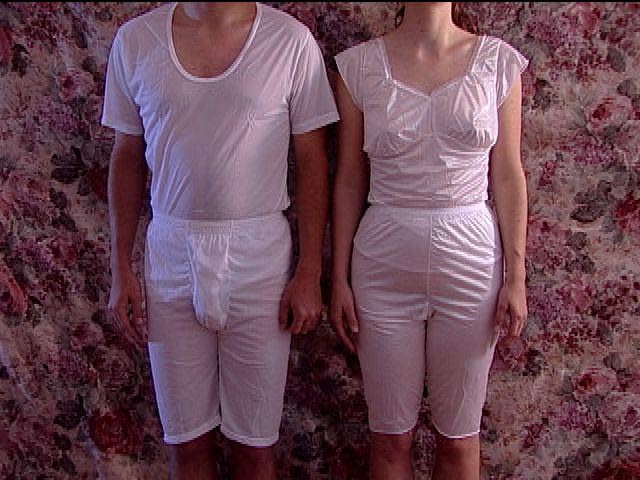
Ross has been conducting research about aspects of the LDS church, including looking at garments. (Photo from Wikimedia Commons)
Ross has been conducting research about aspects of the LDS church, including looking at garments. (Photo from Wikimedia Commons)
She and another researcher spoke to around 4,500 Mormons about what their garments meant to them.
Garments, according to the church’s website, are what LDS members wear underneath their clothing to remind them about their relationship with God.
“Men who are very much in the church generally don’t have a problem with their garments, but women often due to menstruation, pregnancy, nursing, life changes, autoimmune disorders experience all kinds of problems with their garments,” Ross said.
“But Mormon construction of garments, God is in your garments.”
Ross said what she has found is it makes some LDS women feel as if God does not love them.
“For some women it turns into God hates you and God hates your body and wants to punish your body by making you wear these things to show your obedience to a hateful demeaning God,” Ross said.
Unequal, but fulfilled
When it comes to equality within the church, McBaine has wrestled with the idea of sameness: “Is that necessary for all people in the church to be happy and equal?”
McBaine said that the answer is probably yes, but she understands that is a huge leap for all members of the LDS church.
While she feels as if she does not need the priesthood to feel fulfilled as a member of the church, she thinks it is something that should happen to balance out administrative inequalities.
“Personally, I feel like I gave everything I need, but I think it is absolutely something that should be rectified because for the community, it’s causing so much inequality and so much cultural baggage that needs to be washed away,” McBaine said.
Even if a Mormon feminist is not looking for women to get the priesthood, Bowman said that they are all going toward the same goal of equality for all members of the LDS church.
“There are a lot of different groups of Mormon feminists who are taking I think slightly different paths to ultimately, I think, for the same goal, I think, which is greater administrative authority for greater equality for women in the church,” Bowman said.
While TV dramas and reality TV shows focus on abuse and radical sects, real Mormon women have a much more boring, universal desire – a meaningful sense of community.
“In 2012 when I was going through a personal challenge and really searching for more purpose and connection, it was a place where I felt community and I felt seen and heard in a way that mattered to me,” said Elizabeth Ostler, editor-in-chief of the LDS Women Project, about the project and the church.
Both McKenzie and Heather Allen have found their community through their church.
“I want to live the Gospel. I want to come to know Jesus Christ and live like him,” Heather Allen said. “I want to serve other people and be kind. I want to be a good family member and I want to be a good community member.
“We make promises when we get baptized that we’re going to remember Jesus and keep the commandments,” the mother said. “I want to keep those promises so that’s the focus in my life. Because we all have jobs in our church, we all just rotate. I’ll just do whatever job is in front of me the best I can.”
Since leaving the church, Ross has joined the Community of Christ, which was formerly called the Reorganized Church of Jesus Christ of Latter-day Saints. (“Those two churches share 14 years of history from 1813 to 1844,” Ross said.)
Ross said her church is inclusive of the LGBTQ community and ordains women – one of whom is Ross herself.
“My faith is still important to me and I still maintain connections with Mormon women and Mormon feminism,” Ross said.
She has had to come to terms with what she sees as an ugly truth, though.
“I have since come to understand that I was in a cult,” Ross said. “But I see myself as a cult survivor… shedding Mormonism, which I’ve tried to do very intentionally, is a very difficult thing. Recreating my faith is a very difficult thing.”
Toscano had to find her community elsewhere.
Though she has not tried to rejoin the church, she said her excommunication was painful.
“Even now I have no desire to be part of the church, but, you know, this was my background, this is my heritage, I have two degrees from BYU,” Toscano said. “It was painful because in a way it’s like being rejected by your family … I mean they do not want me on BYU campus even though I have two degrees from there. It’s not like I’m welcome to come back and speak or anything.”
Through her work as a professor at the University of Utah, Toscano said she has found her sense of community there, but she has not set out to join any sort of religious community. Since 2013, she has not done any work with Mormon feminist groups.
“The Mormon feminist groups were really important to me and I really connected with other women,” Toscano said. “... On another level, I feel really good about my life right now. I don’t regret what I did. It’s not like I have regrets about speaking out or even being excommunicated.”